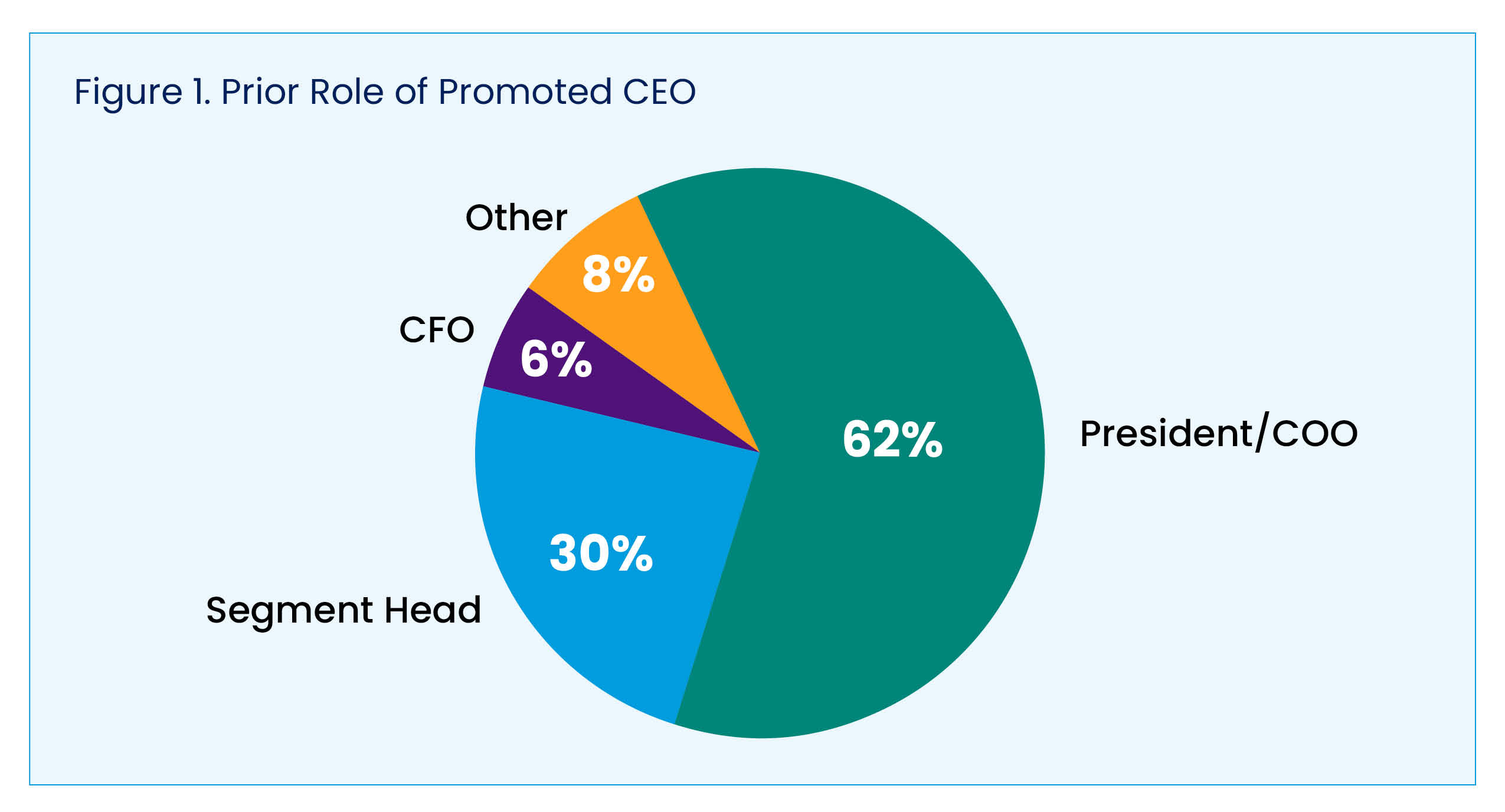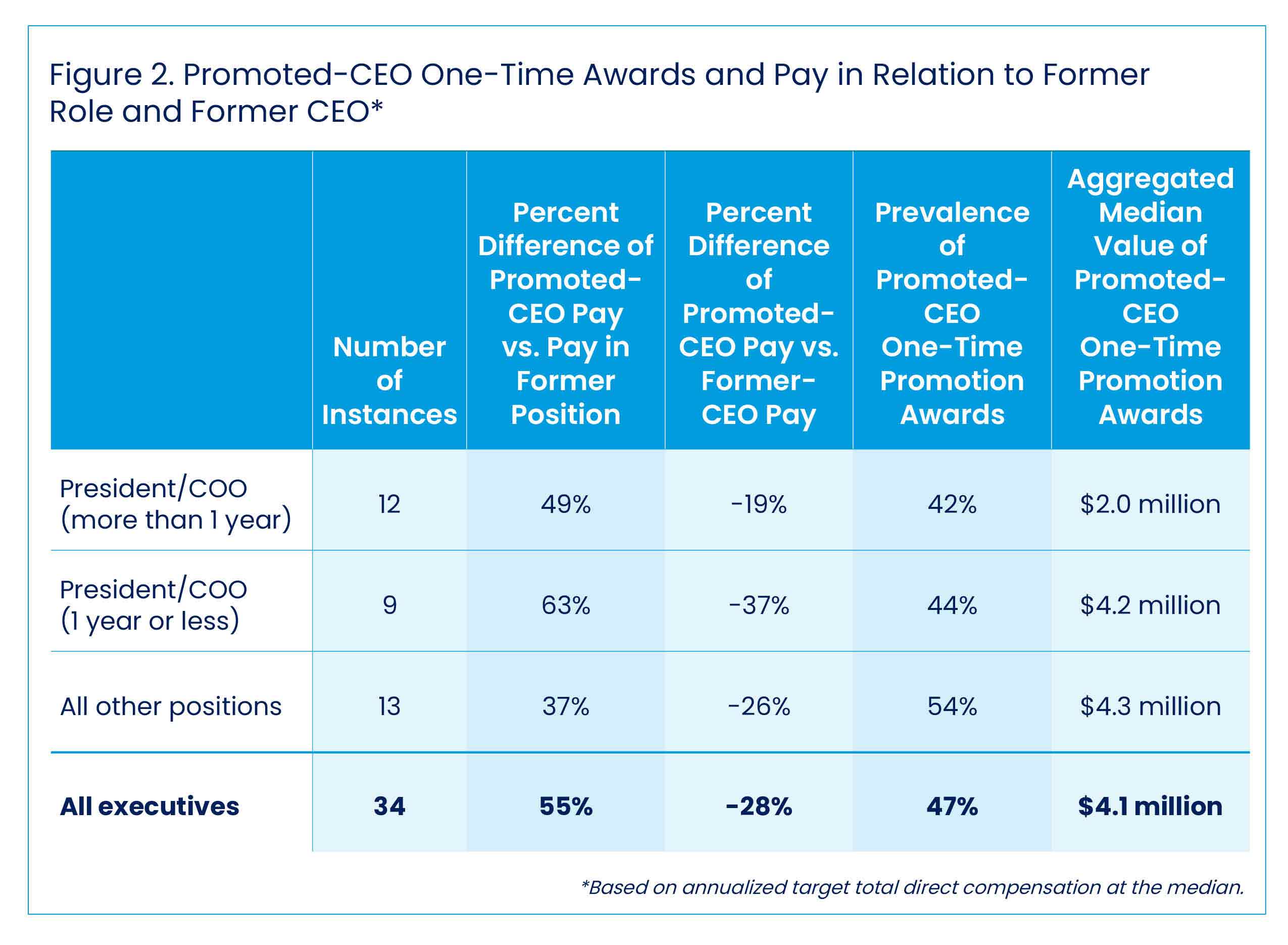For WorldatWork Members
- The Outperformance Stock Unit: Meaningful Long-Term Incentives at Minimal Initial Expense, Workspan Magazine article
- Exploring Executive Compensation Decision Making, Journal of Total Rewards article
- Incentive Goal Setting is Becoming More Flexible, Journal of Total Rewards article
- Executive Compensation Update: Key Developments and Future Insights, on-demand webinar
For Everyone
- The CEO Left. Now What? Interim Leaders Bring Critical Pay Decisions, Workspan Daily article
- An Innovative, Best-Fit Approach to Design Executive Comp Programs, Workspan Daily article
- Competing for Executive Talent When Equity Vehicles Aren’t an Option, Workspan Daily article
- Executive Compensation Immersion Program, course
Choosing the right candidate to fill the corner office comes with a unique set of challenges. Putting aside the search for expertise and business acumen, leadership style, cultural fit, and a host of other considerations, one consistent — and expensive — factor is, of course, compensation for newly appointed chief executive officers (CEOs).
WTW’s Global Executive Compensation Analytics Team (GECAT) explored promotions among S&P 100 companies since 2020 to identify typical practices followed when promoting a new CEO from within the existing executive team. This analysis, different from the GECAT’s recent analysis of pay for interim CEOs, revealed the circumstances for each company and the different approaches taken. Here’s what the team found, by the numbers.
Where New CEOs Come From
Historically, 80% of new CEOs are promoted from within as opposed to being externally recruited. As such, the GECAT analysis focuses on promoted CEOs rather than externally recruited professionals.
As shown in Figure 1, prior to their promotion, most promoted CEOs were:
- In the president and/or chief operating officer (COO) position, or
- From the segment or regional business unit, or
- From some other unspecified executive function (e.g., vice chair, executive vice president— noted as “Other” in the chart).

Reviewing and Benchmarking Pay
Increases to salary, annual bonuses and long-term incentives (LTIs) are part and parcel of new-CEO compensation. If a promotion is timed to coincide with the end of the fiscal year and corresponding compensation decisions, pay at promotion may be limited to those comp-adjustment decisions that are only associated with the new role.
Timing of service in the role prior to being promoted — particularly among those who previously served as president and/or COO — also factors into pay adjustments. As shown in Figure 2, pay increases for longer-tenured executives are less than those for shorter-tenured peers. This may be because longer-serving presidents/COOs typically are paid closer to the outgoing CEO than those who served for one year or less prior to promotion.

However, not all promotions can be timed to align with the annual pay cycle. In these cases, one-time awards may be considered to close gaps in pay or to true-up pay for ongoing performance cycles to match the new role, effectively accounting for service time in two roles across performance periods.
Promotional awards may not necessarily have the same terms and conditions as a company’s annual or LTI program, as they are typically awarded to signify the promotion or help align stock ownership and incentives with the new role. By the numbers:
- 47% of promoted executives received a one-time award upon their appointment as CEO; only one organization paid in cash rather than equity. Of this larger group, 70% were granted consistent to the company’s regular LTI program, with time or performance vesting typically measured over three to four years.
- 30% of promoted CEOs received one-time promotional LTI awards, with time and performance horizons stretching from five to 10 years, characterized as inducement grants or front-loading compensation in lieu of future considerations.
All Things Considered
When compensating a newly promoted CEO, organizations should understand how the timing of the promotion fits with the regular compensation cycle. It’s also important to understand whether the promotion requires or supports awarding supplemental compensation at the time of promotion.
Promoting from within provides more certainty than recruiting an external candidate. However, based on the GECAT’s analysis, even after a structured succession plan, each promotion is unique. This provides organizations an opportunity to think about what makes the most sense from a compensation design and delivery perspective.
Editor’s Note: Additional Content
For more information and resources related to this article, see the pages below, which offer quick access to all WorldatWork content on these topics:







